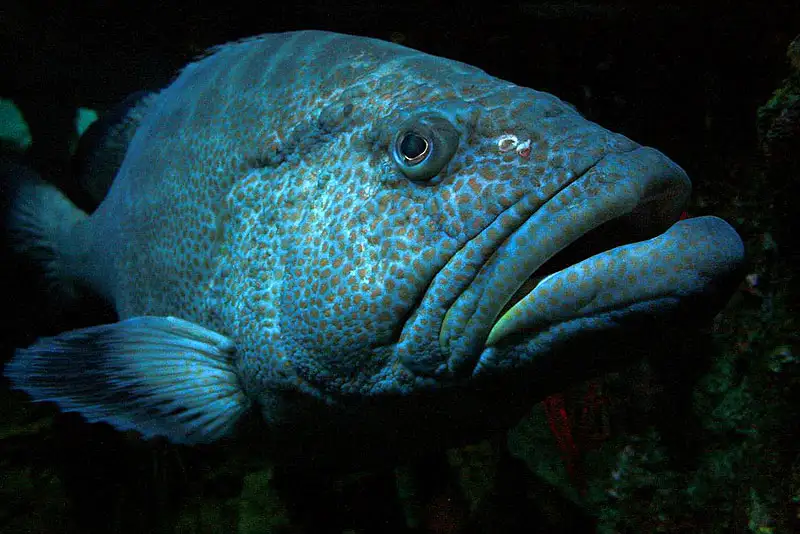
Groupers
Epinephelus sp.
Epinephelus is a genus of serranid groupers—iconic benthic ambush predators···
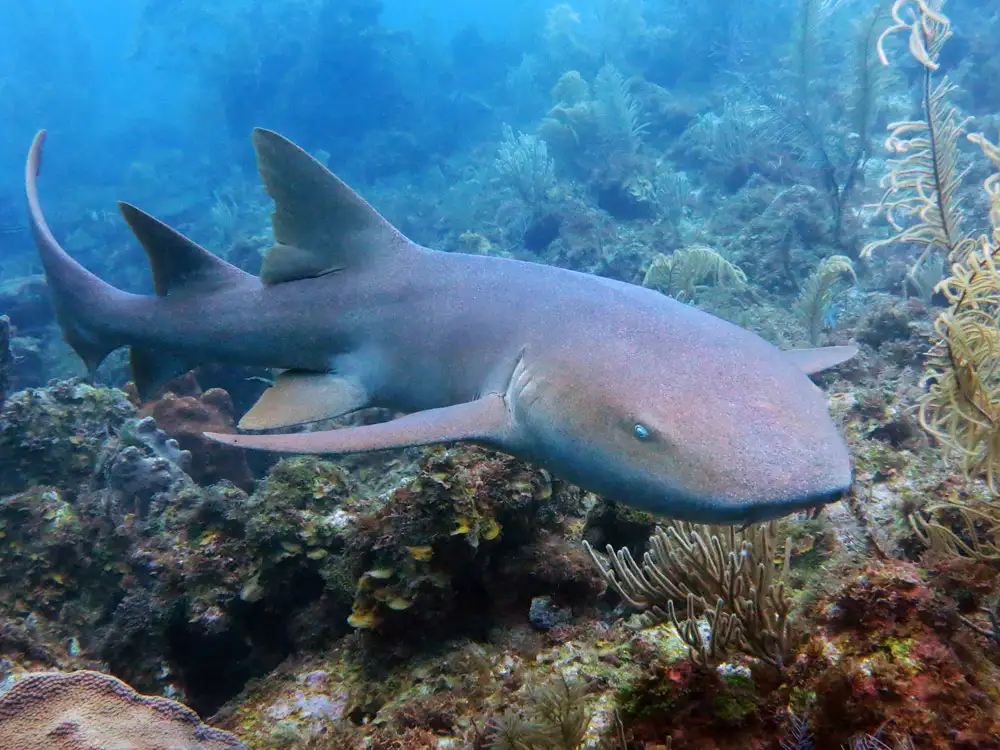
Nurse Shark
Ginglymostoma cirratum
The nurse shark (Ginglymostoma cirratum) is a common coastal shark of the we···
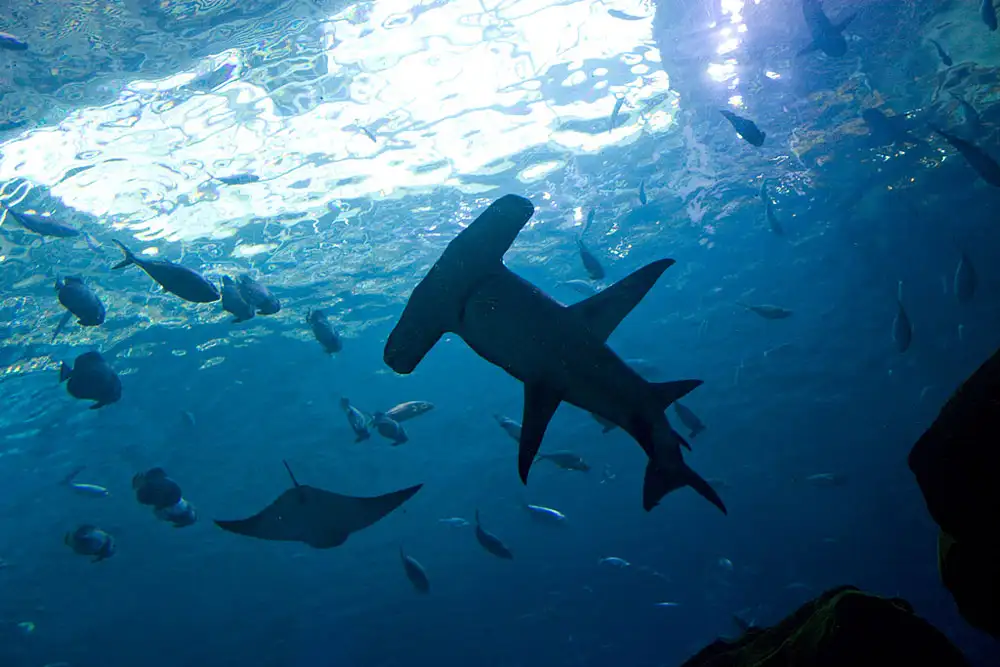
Smooth Hammerhead
Sphyrna zygaena
The smooth hammerhead (Sphyrna zygaena) is a widely distributed temperate–t···
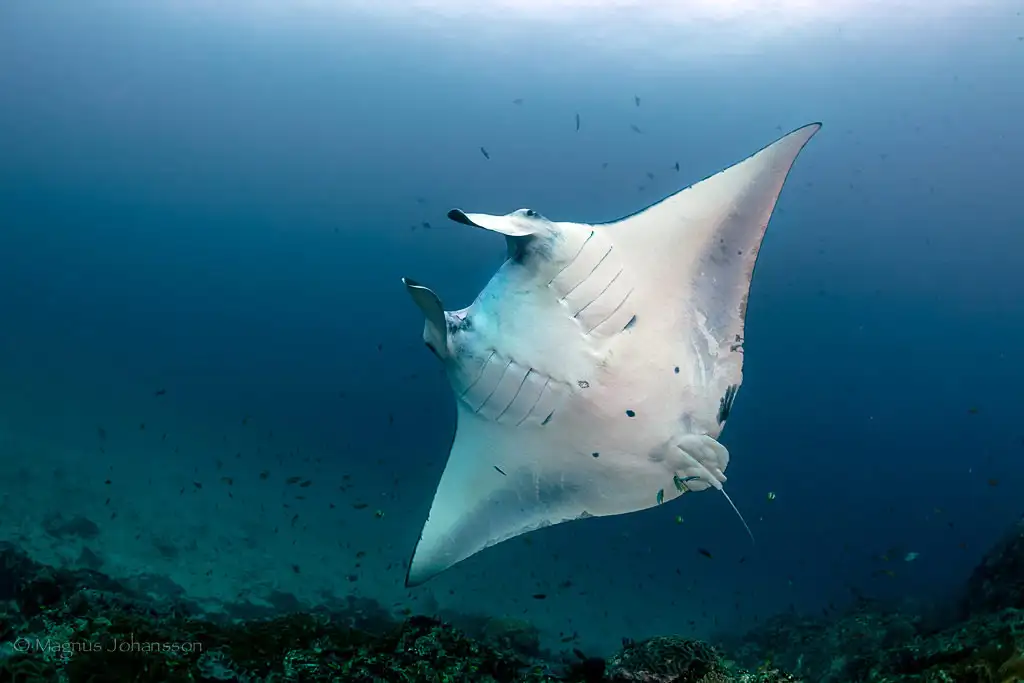
Giant Oceanic Manta Ray
Mobula birostris (= Manta birostris)
The giant oceanic manta ray (Manta birostris, widely treated as Mobula biros···
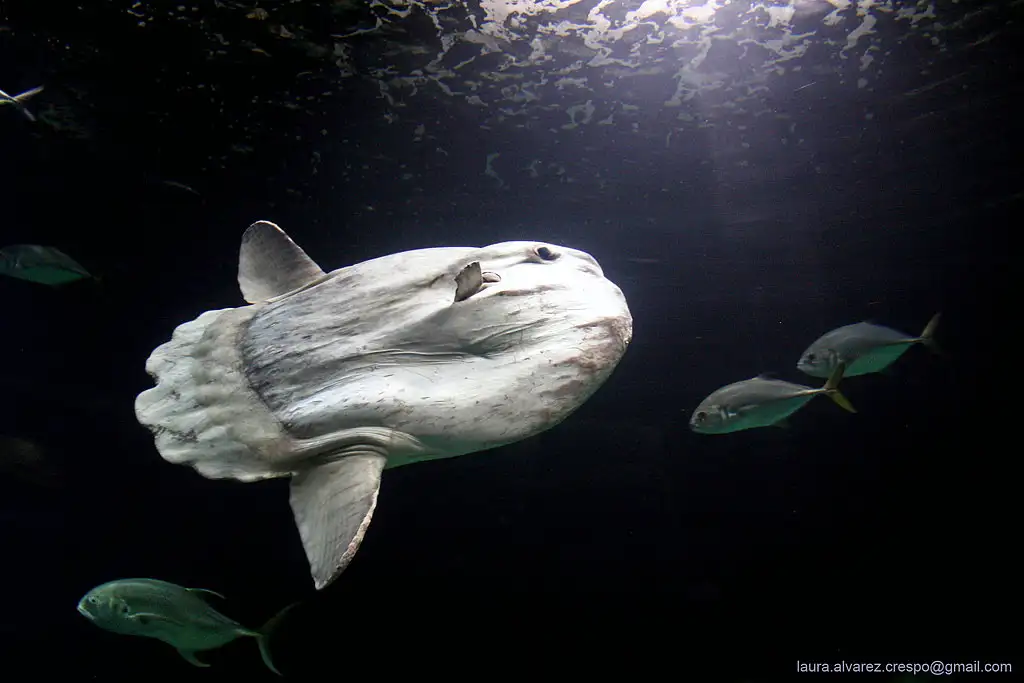
Ocean Sunfish
Mola mola Linnaeus, 1758
The ocean sunfish (Mola mola) is among the heaviest bony fishes (family Moli···
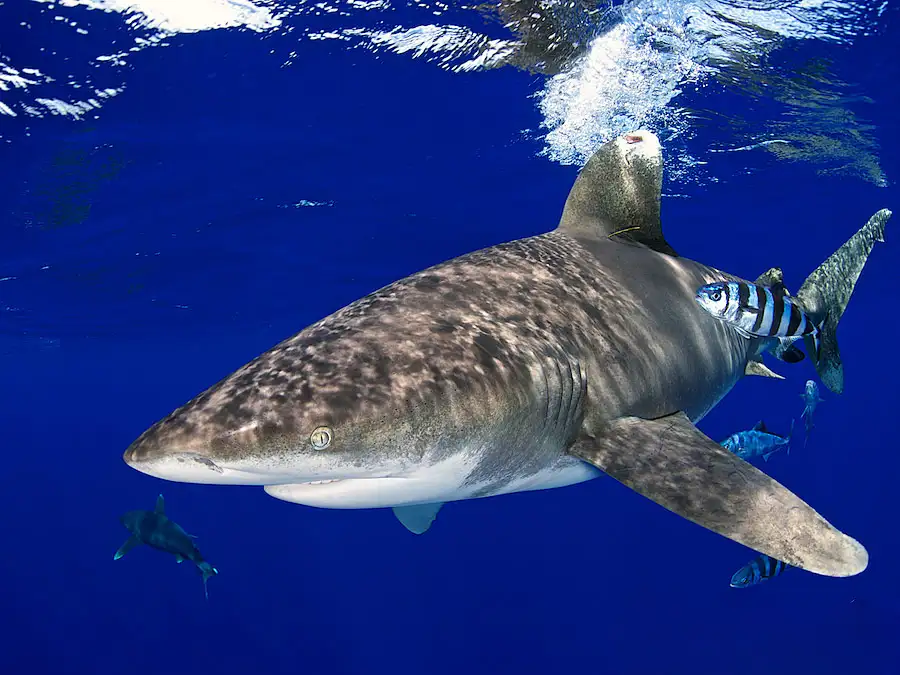
Whitetip Reef Shark
Triaenodon obesus
The whitetip reef shark (Triaenodon obesus) is one of the most common medium···

Thresher Sharks
Alopias (genus)
Alopias, the thresher sharks, belongs to family Alopiidae (order Lamniformes···

Dolphins
Delphinidae (family)
Delphinidae (the oceanic dolphins) is the largest and most widespread family···
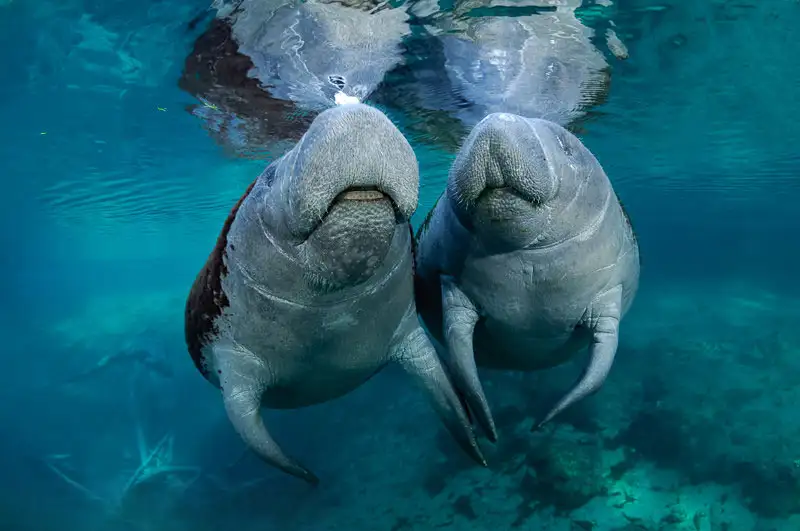
Manatees
Trichechus (genus)
Trichechus is the manatee genus within order Sirenia and family Trichechidae···
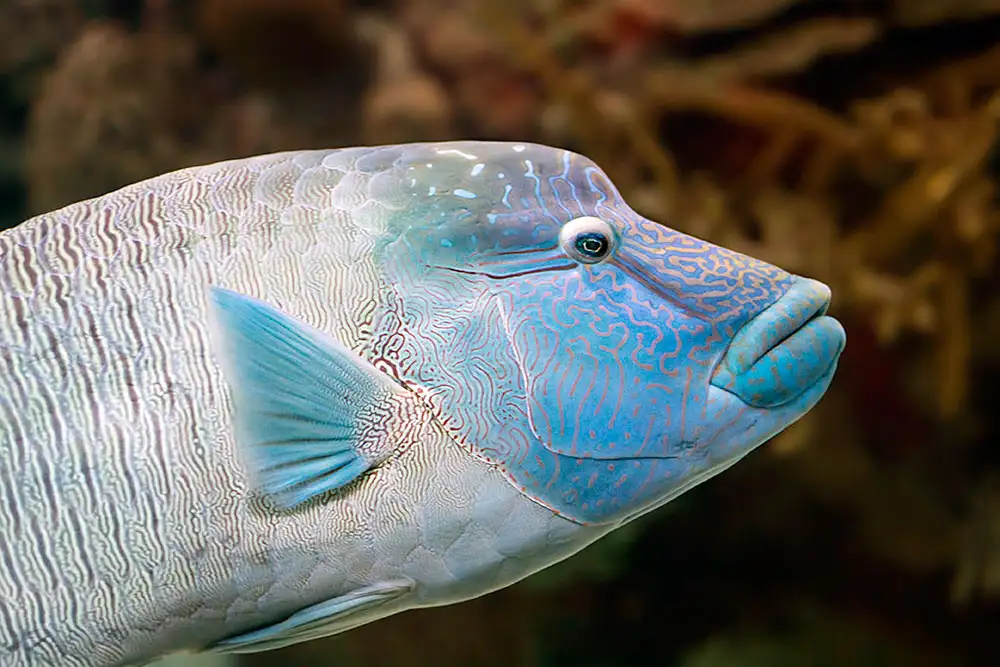
Humphead Wrasse
Cheilinus undulatus
The humphead wrasse (also called Napoleon wrasse; Cheilinus undulatus) is a ···
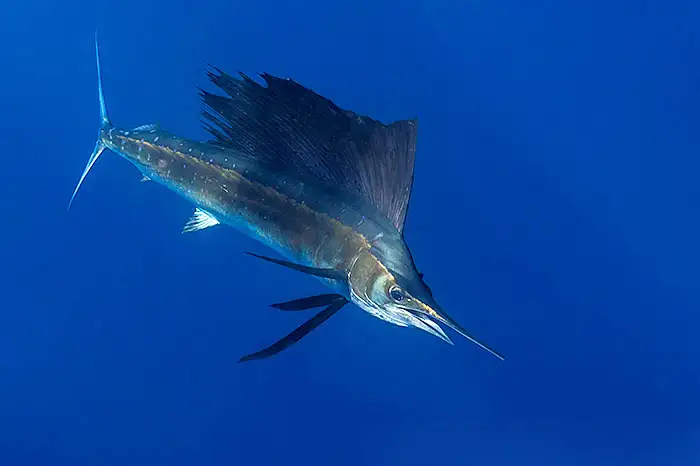
Sailfish
Istiophorus platypterus
The sailfish (Istiophorus platypterus) is a fast, highly migratory oceanic p···
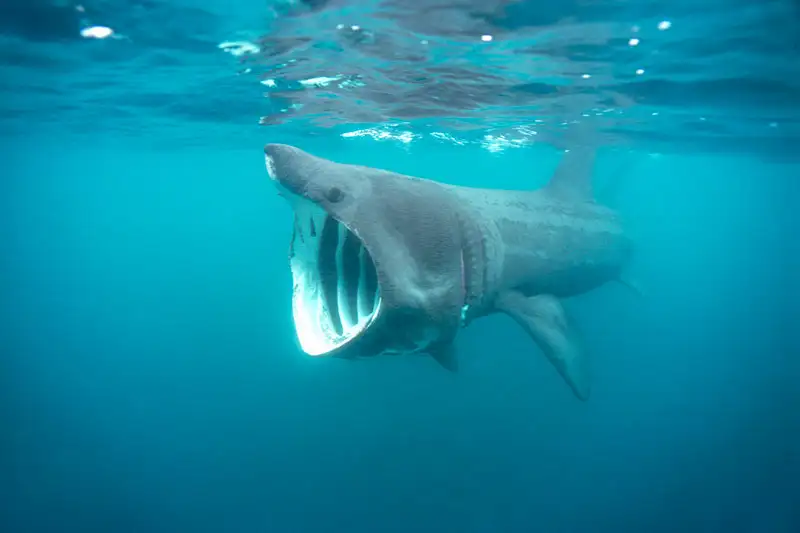
Megamouth Shark
Megachasma pelagios
The megamouth shark (Megachasma pelagios) is a rare, filter‑feeding large s···
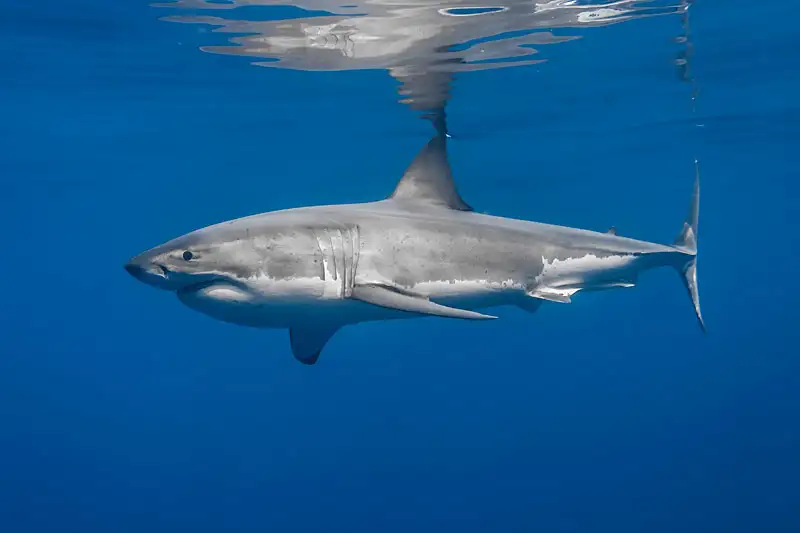
Great White Shark
Carcharodon carcharias
The great white shark (Carcharodon carcharias) is a temperate to subtropical···
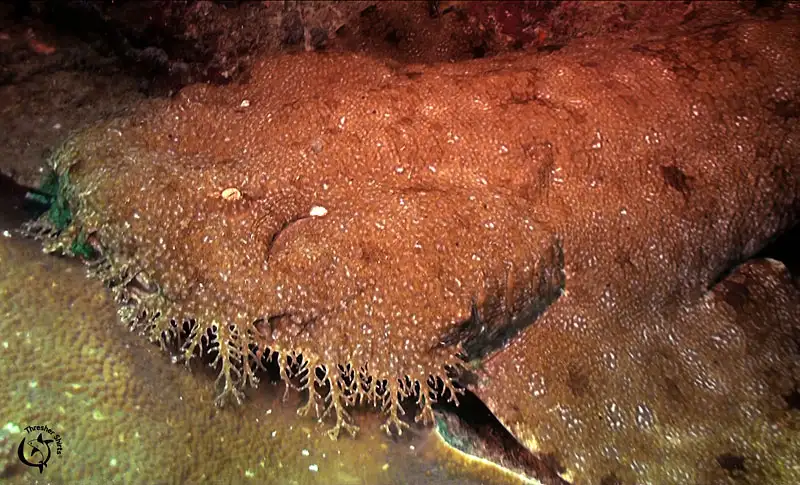
Carpet Shark
Orectolobidae (family)
Orectolobidae—the wobbegong family within the order Orectolobiformes—compr···
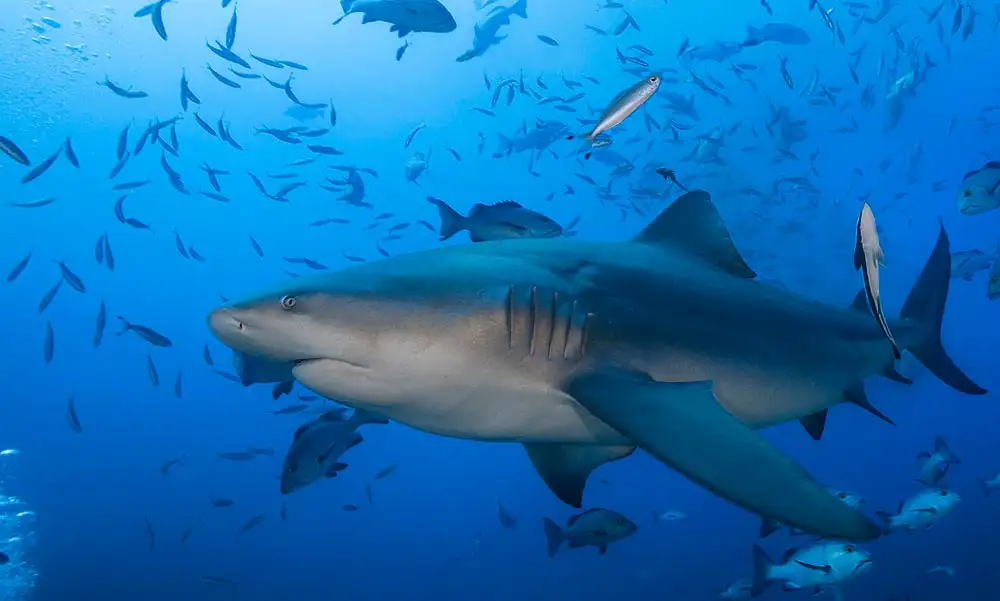
Bull Shark
Carcharhinus leucas
Bull shark (Carcharhinus leucas) is a large coastal requiem shark famous for···
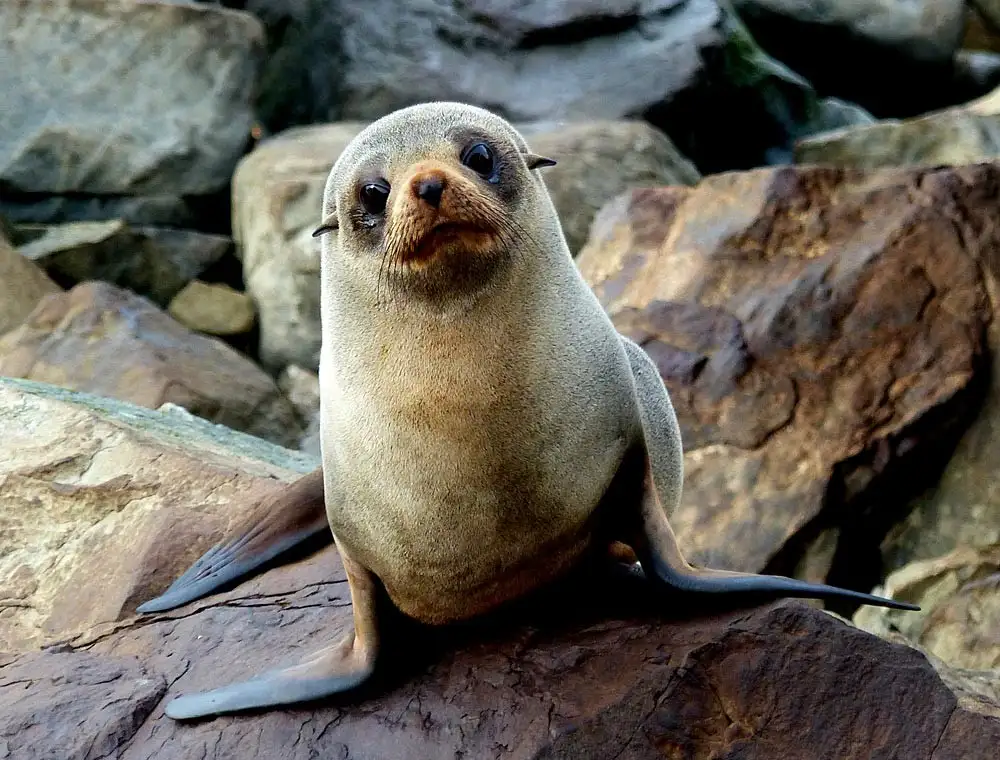
Fur Seals
Arctocephalinae (subfamily)
Arctocephalinae (fur‑seal subfamily) within Otariidae includes the Southern···
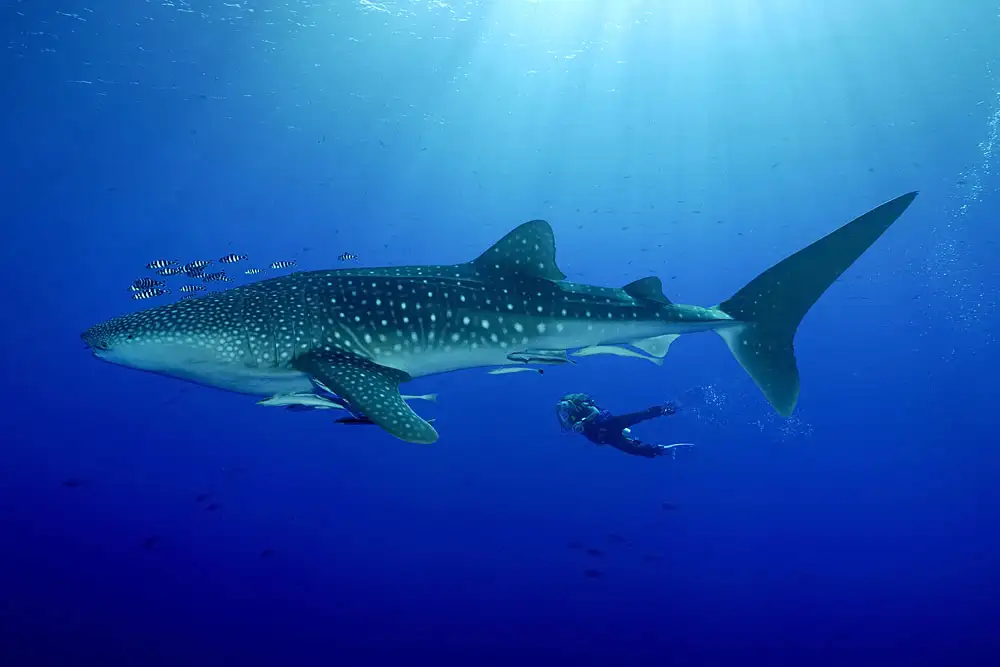
Whale Shark
Rhincodon typus
The whale shark (Rhincodon typus) is the largest living fish, in the familyR···
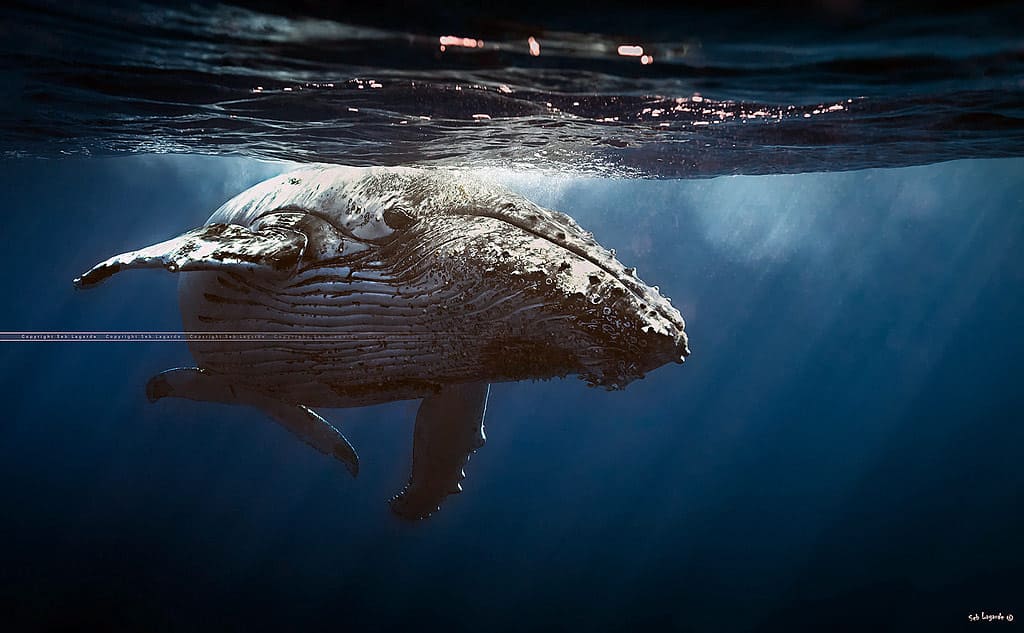
Humpback Whale
Megaptera novaeangliae
Humpback whale (Megaptera novaeangliae) is a medium‑large rorqual famed for···
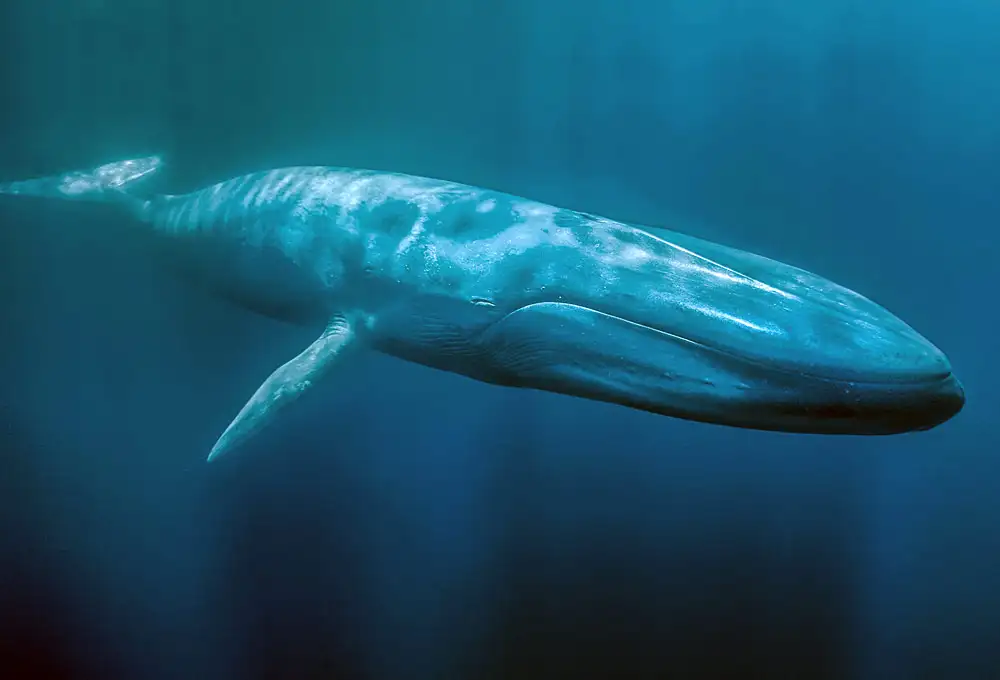
Blue Whale
Balaenoptera musculus
Blue whale (Balaenoptera musculus) is the largest animal ever known. A rorqu···
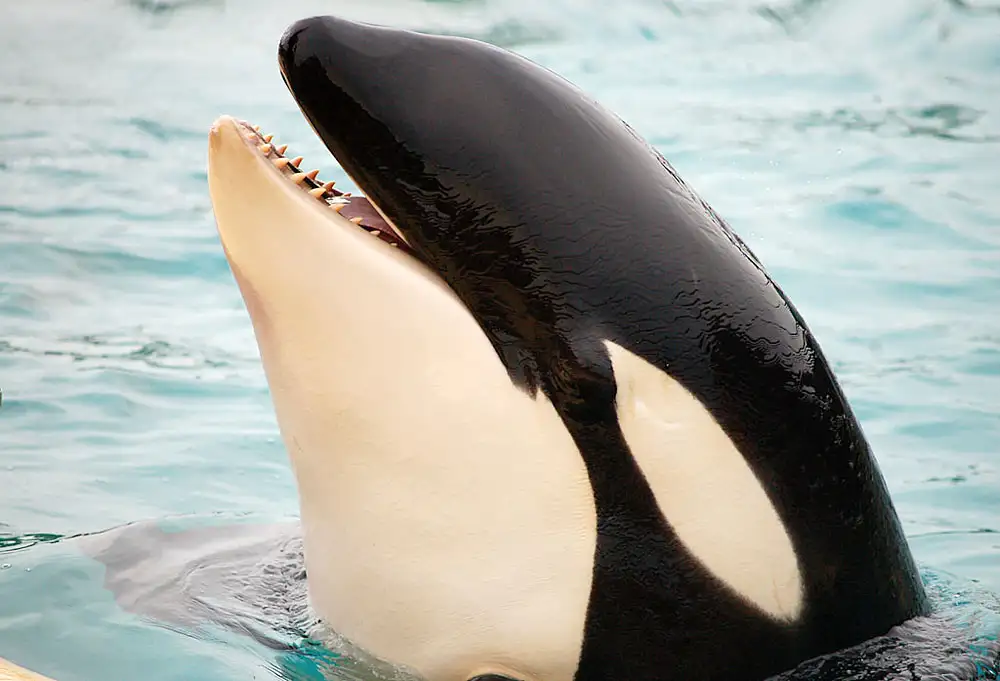
Orca (Killer Whale)
Orcinus orca
Orca (killer whale; Orcinus orca) is the largest delphinid and a cosmopolita···
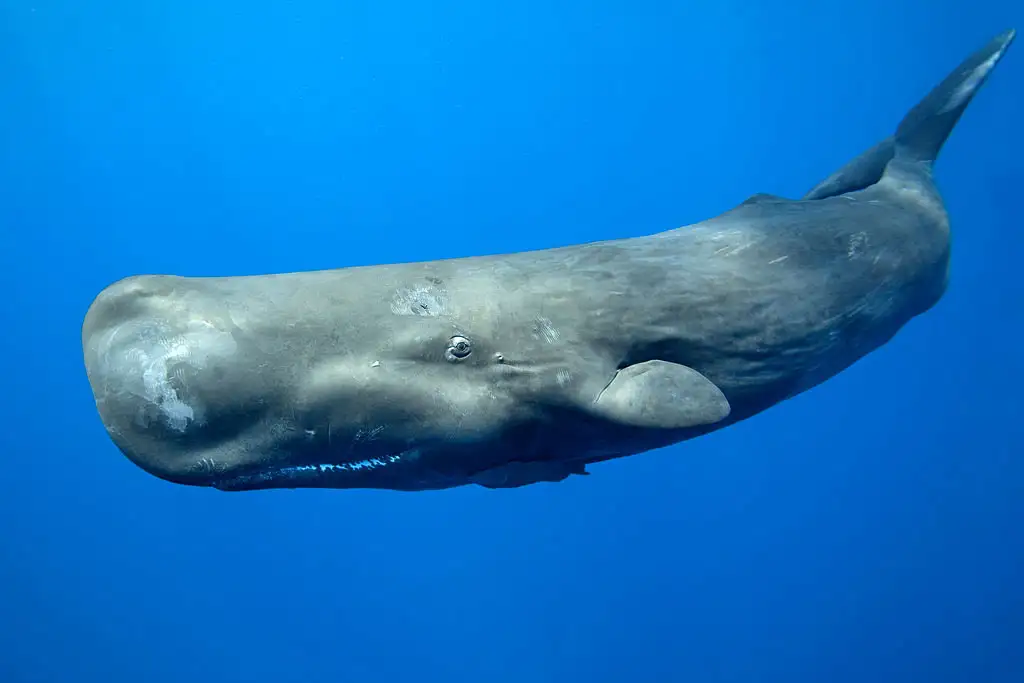
Sperm Whale
Physeter macrocephalus
Sperm whale (Physeter macrocephalus) is the largest living toothed whale and···
